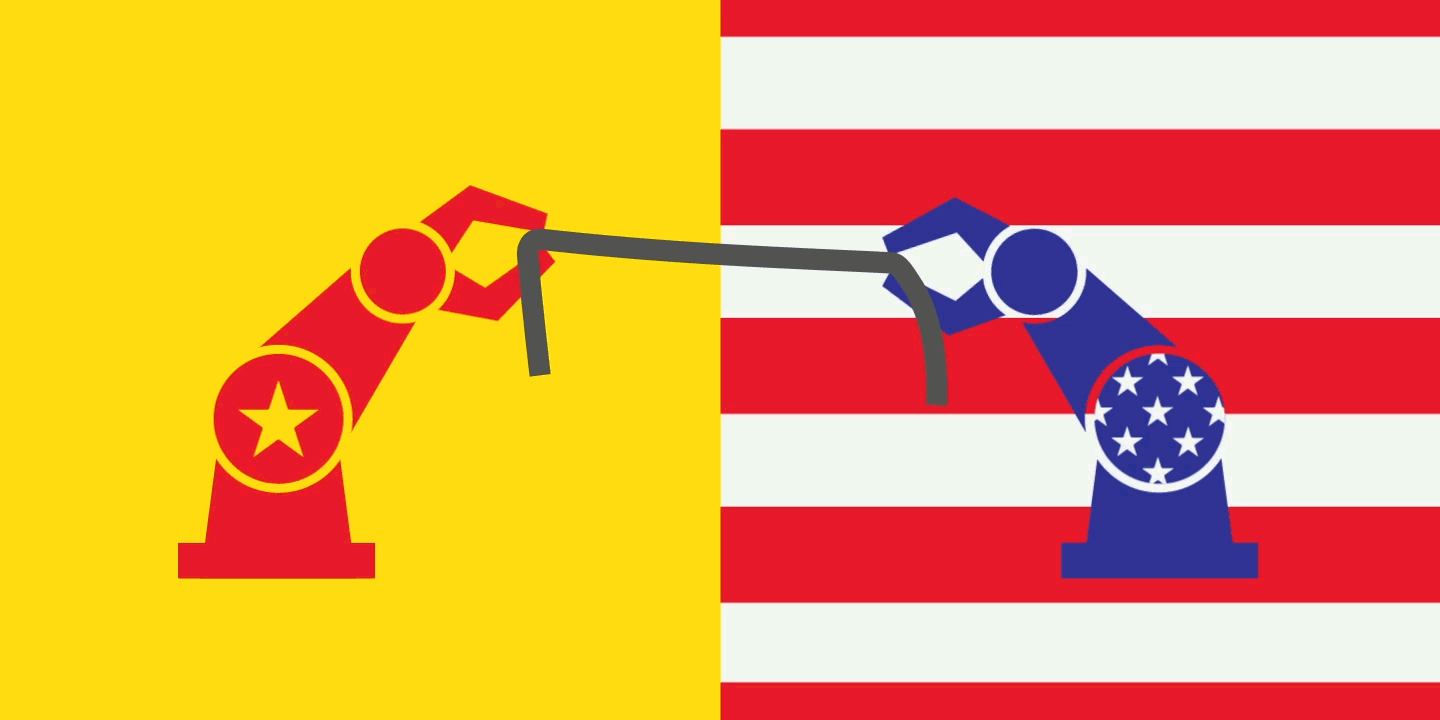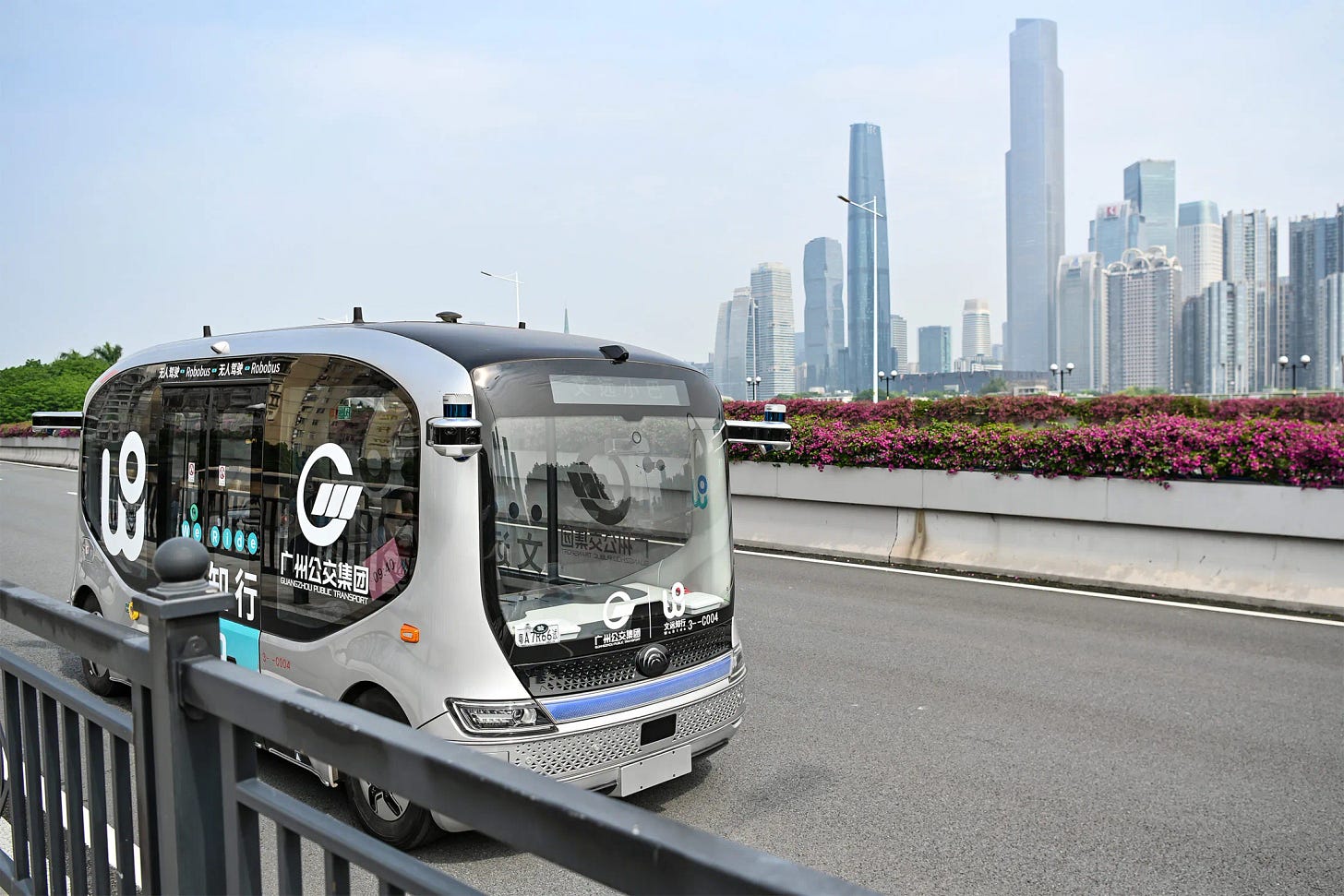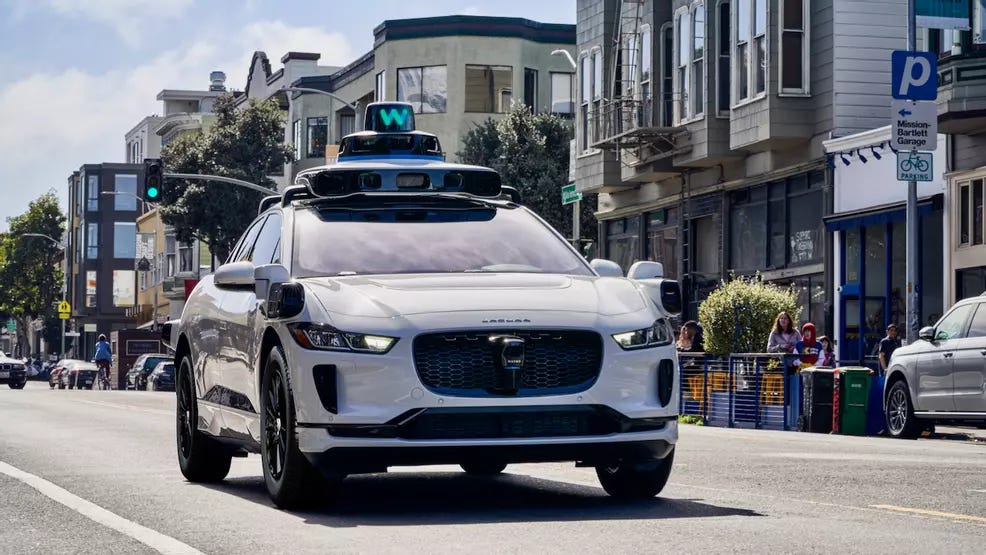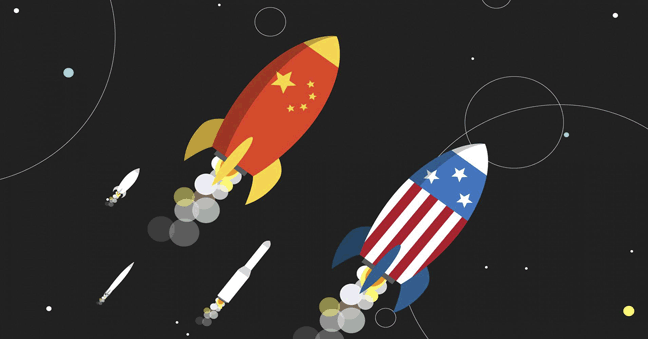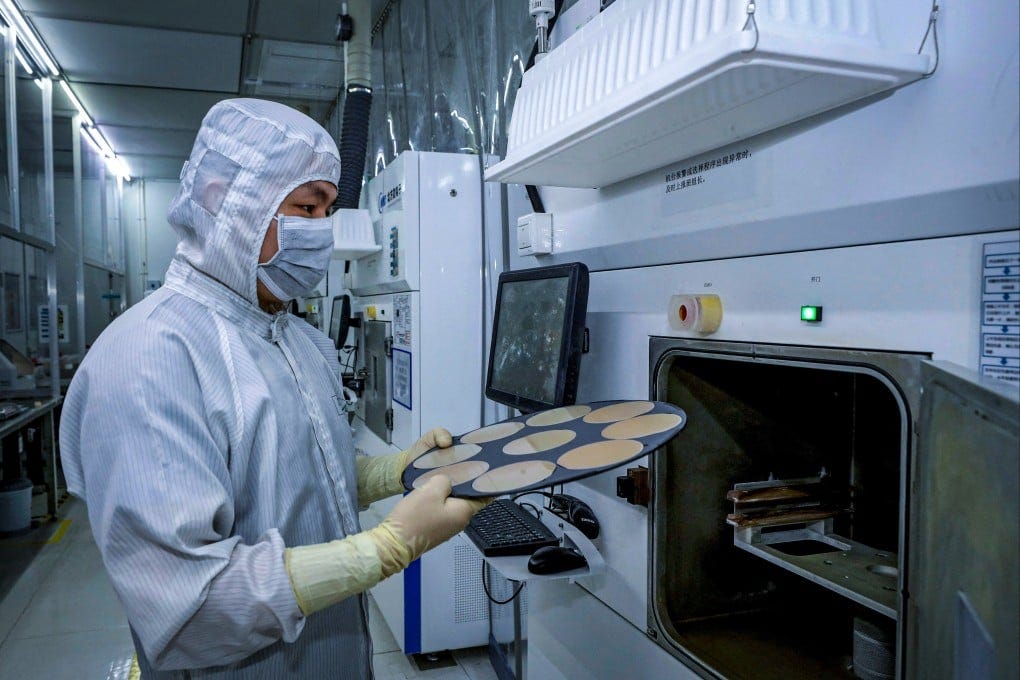AI: China continues apace in self driving vehicles, LLM AIs, and AI robots. RTZ #522
...this despite accelerating US China geopolitical tug of war
The Bigger Picture, October 27, 2024
I’ve long maintained in these pages that China remains a formidable US partner and competitor in this AI Tech Wave. This despite the on going geopolitical feud between the two countries. So far, both parties have more or less ‘threaded the needle’ to balance tech trade and competition. And despite the US’s vigorous efforts to curb AI chips and equipment to China, the country continues to find a way to accelerate its AI technologies. Be they in Generative AI models, robotics, or self driving cars. That is the ‘Bigger Picture’ I’d like to update this weekend.
This week saw China launch its WeRide IPO in the US, as Bloomberg reports:
“WeRide Inc. American depositary shares increased 6.8% from their initial public offering price after the Chinese self-driving automotive company raised $440.5 million in a first-time share sale and private placement.”
“A WeRide L4 autonomous bus in Guangzhou, China.”
“The Guangzhou-based company’s ADS pared initial gains to close at $16.55 on Friday in New York, above the IPO price of $15.50 apiece. WeRide’s twice-delayed IPO was priced at the bottom of its marketed range and upsized by 20% to raise $120 million.”
“The trading gives WeRide a market value of about $4.5 billion, based on the number of shares outstanding.”
The US of course has Google Alphabet’s Waymo, GM’s Cruise, and of course Tesla’s long-standing self driving car efforts, including its latest plans to launch its ‘cybercabs’ in 2027. Waymo did a multi-billion dollar funding round this week as I outlined yesterday:
“Google Alphabet Waymo closes new external financing: Google/Alphabet’s self-driving unit Waymo completed a $5.6 billion funding round, marking an acceleration of the AI robotaxi race in the US. Investors included a16z, Fidelity, Tiger Global, T. Rowe, as well as existing investor Silver Lake. The move marks Waymo’s continued ramp up of its robotaxi services in LA, San Francisco, Phoenix and beyond. Tesla of course had its ‘cybercab’ rollout a few weeks ago, with service plans in 2027 and beyond. Similar ventures are also underway by other companies in China and elsewhere. All participants have ways to go to true ‘Level 5’ self-driving vehicles without steering wheels and with regulatory approvals in various jurisdictions. More here on Tesla efforts.”
China’s WeRide is competitive vs its US counterparts thus far:
“WeRide, which began operating in 2017, develops autonomous driving technology and is testing or deploying it commercially in 30 cities in seven countries, according to the filings. Its robotaxi fleet uses vehicles purchased from Nissan Motor Co., the filings show.”
And of course WeRide faces regulatory headwinds in the US in the current environment:
“The IPO comes as the Biden administration is proposing a rule to block the import and sale of Chinese- and Russian-made hardware and software for connected vehicles. The ban would impact vehicles that can communicate externally through Wi-Fi, Bluetooth, cellular or satellite systems, a feature that’s increasingly commonplace. Officials said these systems are at risk for foreign interference, which could lead to disruption and sabotage.”
“WeRide would be able to discontinue road testing in the US before such a rule was implemented, its filings show.”
I highlight WeRide’s progress as another example of how China continues to compete in this AI Tech Wave across LLM AI technologies, robots, and self driving cars.
China is already poised to become the major global passenger vehicle exporter worlwide, as Bloomberg notes in “The US Hasn’t Noticed That China-Made Cars Are Taking Over the World”:
“The country is poised to become the No. 2 exporter of passenger vehicles, surpassing the US and South Korea and risking new tensions with trading partners and rivals.”
The key of course for China in all their major markets, is their supply chain advantage:
“The growth in the supply chain in China has also kept pace with car manufacturing. Domestic companies now make almost all parts, including those they used to import until about a decade ago, such as high-strength steel and reinforced fiberglass. As a result, China ran a trade surplus in vehicles and vehicle parts for the first time in 2021. The assembly lines still depend on advanced machines from Japan and Germany, though.”
China of course remains the main global competitor to watch in the ‘AI Space Race’, despite the near-term trade impediments the US continues to advance:
“Regardless of the outcome of the United States presidential election in early November, the business community is bracing for more hardship as Washington appears poised to ramp up trade restrictions on China no matter the victor.”
“A US government posting, issued on Monday and reported by Reuters, indicated final review is under way for new rules banning certain investments in artificial intelligence and requiring notification for outbound investments in some sensitive technologies. The timing of the release, a former treasury official was quoted as saying, suggests the restrictions are coming soon.”
China will continue to forge through these increasingly stormy waters in US China technology trade. That is the Bigger Picture to watch, despite the near-term tech trade tug of war. Stay tuned.
(NOTE: The discussions here are for information purposes only, and not meant as investment advice at any time. Thanks for joining us here)





